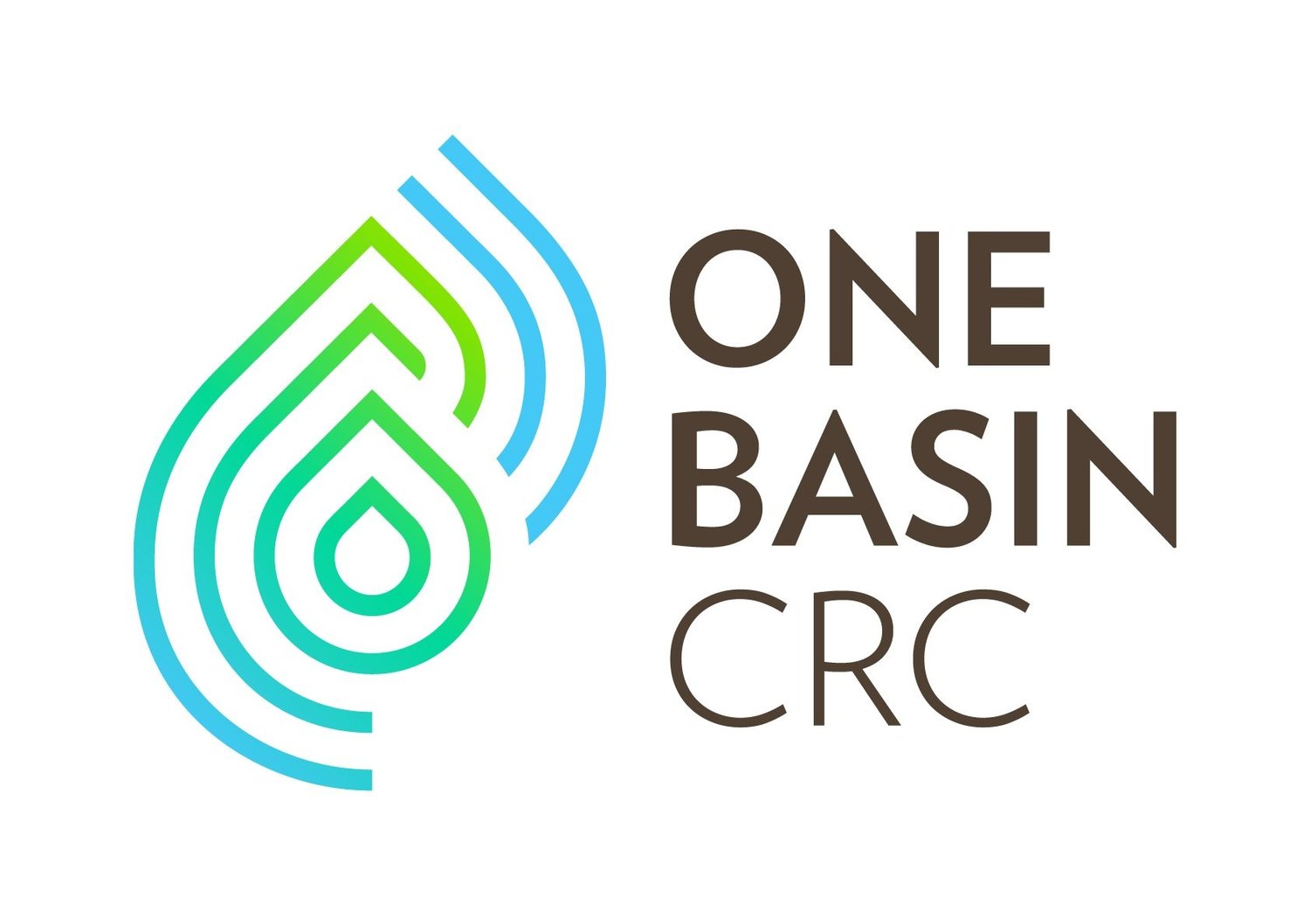Goondiwindi Regional Hub
Image courtesy of Tim Bateup
The Goondiwindi Regional Hub is located in Goondiwindi in Southern Queensland and will initially focus on building resilience in the northern cropping and grazing areas that cover, but are not limited to, the catchments for the Condamine-Balonne and Border Rivers. This region has considerable extension and research capability through the University of Southern Queensland, government departments, and an overarching natural resource management body, which works well with local Landcare groups.
The Northern Basin covers areas of two states (Southern Queensland and Northern New South Wales) and at least 22 First Nations, covering the Warrego, Paroo, Condamine-Balonne, Moonie, Border rivers, Gwydir and Namoi Catchments.
Key stakeholders in the region include the Murray-Darling Basin Authority which has offices at both Goondiwindi and Toowoomba. Goondiwindi also plays host for the Murray-Darling Inspector-General of Water Resources Northern Basin office. Key collaborators in the Northern Basin Hub will include Southern Queensland Landscapes, Queensland Department of Agriculture and Fisheries and the Rural Economies Centre of Excellence at University of Southern Queensland (a state Government partnership). There are 22 First Nations groups represented in the Northern Basin Aboriginal Nations group that engages in consultation with the MDBA.
Land uses in the Hub region range from irrigated cropping zones to extensive grazing, some of which is floodplain grazing. Irrigated crops grown include cotton, maize and pulse crops and there are smaller areas of high value horticulture, from stone fruits to wine grapes. Dryland cropping includes summer and winter coarse grains and to a lesser extent, pulse crops.
These regions, especially in the Condamine and Border rivers’ catchments, have significant intensive animal production systems (cattle feedlots, poultry and pigs) that depend on regional grain production and high-quality water. Relative to the southern Murray-Darling Basin areas, there is a high reliance on water extraction and diversion from cross-land flows outside riverine areas, with extensive use of ‘ring tanks’ or high-walled storage dams.
In contrast to the southern Murray-Darling Basin, connectivity between individual water systems in the northern Murray-Darling Basin is limited, resulting in variation in market prices and trading activity between systems. All of these catchments are forecast to be affected by climate change, with decreasing total rainfall, especially winter rainfall, less frequent but more extreme rainfall events, an increasing number of high temperature days in summer, a reduction in low temperature days and a narrowing of the frost period, and decreased inflows into catchments.
There are already significant innovation and adaptation ecosystems in the greater region, with state agriculture departments and natural resources management agencies and five natural resources management organisations.
Contact
To find out more about this hub or become a partner in the CRC, contact Goondiwindi Regional Hub Lead, Marti Beeston E: guy.roth@sydney.edu.au
Image courtesy of Tim Bateup
Image courtesy of Tim Bateup



